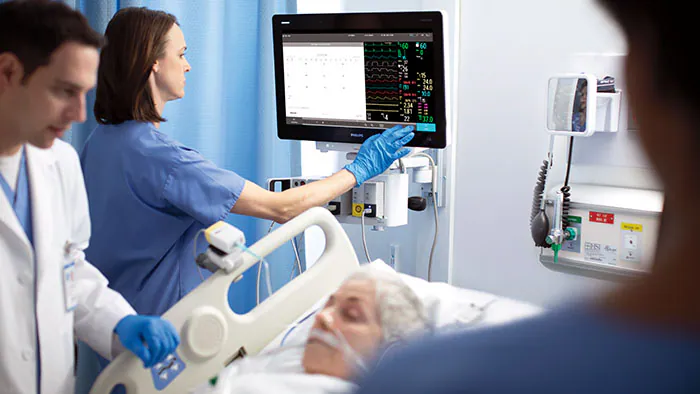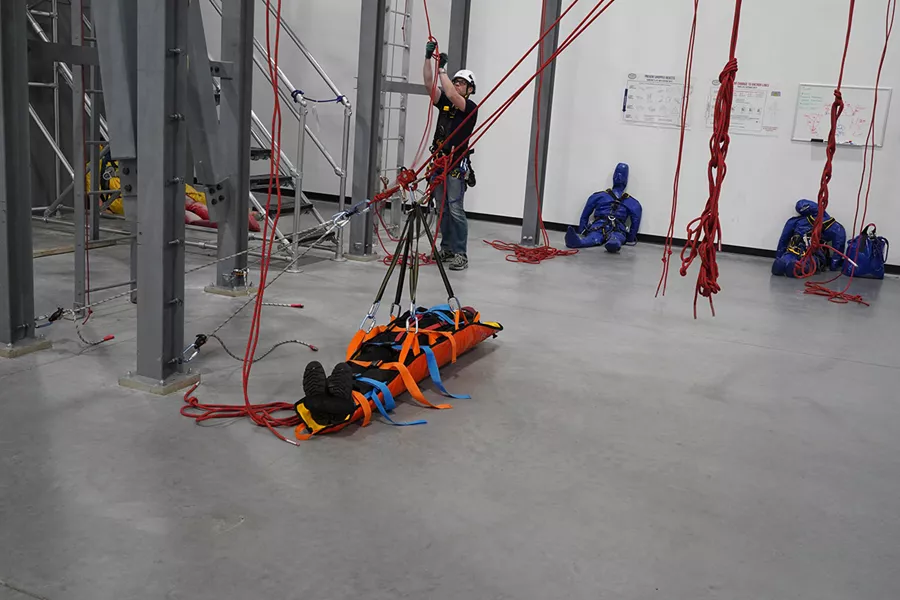The healthcare sector relies on precision, particularly in safety-critical medical systems. As technological advancements evolve, so too does the need for innovative solutions that ensure system reliability. Medical devices and systems play an essential role in patient care, making their performance critical. When it comes to safety critical medical testing, reliability is not just a preference but an absolute necessity.
The Growing Need for Advanced Technology in Healthcare
With the increasing complexity of modern medical devices, maintaining their reliability is more important than ever. Systems used in intensive care units, surgery rooms, and diagnostic procedures must work flawlessly to avoid any risk to patient health. These technologies are often intertwined with human lives, where even the smallest malfunction can lead to catastrophic outcomes.
Advancements in safety-critical medical systems are addressing these challenges by integrating more robust features like real-time monitoring, enhanced diagnostics, and automated error detection. Machine learning and artificial intelligence are now being harnessed to improve diagnostic accuracy and system performance. These technologies not only minimise human error but also anticipate potential system failures before they occur.
Impact of Automation on System Performance
Automation is at the core of many reliability improvements in healthcare technology. By removing or minimising human intervention, automated systems offer faster and more accurate responses in high-stakes situations. For example, automated medication dispensing systems ensure the correct dosage is administered without the risk of human error. Furthermore, automated alerts can inform healthcare staff of abnormalities or failures in real-time, enabling quick responses to issues that might compromise patient safety.
In medical devices, automation is particularly valuable in monitoring vital signs and adjusting treatment parameters based on real-time data. This continuous flow of information helps create a safety net, ensuring that medical systems are always functioning optimally. Automation, paired with the latest in machine learning algorithms, is capable of predicting potential breakdowns and preventing them before they occur, thereby boosting the overall system reliability.
Advances in Diagnostic and Monitoring Technology
For safety-critical medical systems to remain reliable, they must be equipped with accurate diagnostic and monitoring capabilities. As the accuracy of diagnostics improves, healthcare providers are able to make faster and more informed decisions about patient care. Advanced imaging systems, for instance, provide clearer, more detailed views of the human body, helping physicians identify issues at earlier, more treatable stages.
Moreover, real-time monitoring systems have become essential in critical care. These systems continually track a patient’s vital signs, alerting medical staff to any concerning changes. Whether it’s a sudden drop in blood pressure, irregular heart rhythms, or a change in oxygen levels, advanced monitoring systems immediately signal for intervention, ensuring that no critical event is missed.
The incorporation of sensors and wearables has also brought about improvements. Devices that can continuously monitor patients in their homes or on the go contribute to a proactive approach in managing chronic conditions, reducing the likelihood of hospital readmissions and emergency situations.
Integrating Data Security and Privacy Measures
While technological advancements offer numerous benefits, they also introduce new challenges, particularly regarding data security. Safety-critical medical systems are often connected to hospital networks, where sensitive patient data is transmitted and stored. This makes it essential to integrate advanced cybersecurity measures into these systems to safeguard against data breaches and cyberattacks.
Encryption, secure data transfer protocols, and access controls are just a few examples of the security measures that are being implemented to ensure that patient information remains protected. By securing these systems, healthcare providers can focus on delivering the highest standard of care without fear of compromising patient privacy.
The Future of Safety-Critical Medical Systems
Looking ahead, the future of safety-critical medical systems seems incredibly promising. As we continue to integrate advanced technology like AI, machine learning, and IoT into healthcare devices, the reliability of these systems will only improve. With the ability to predict failures, optimise system performance, and offer real-time data analysis, these technologies are set to transform the landscape of healthcare delivery.
By adopting these advancements, hospitals and healthcare providers can ensure that their medical systems operate with unparalleled reliability, providing patients with the best possible care and improving overall health outcomes. The role of technology in safety-critical medical systems is far from over, and as innovation continues, so too will the enhancement of patient safety and care quality.
In conclusion, ensuring the reliability of safety-critical medical systems is a continuous endeavour that requires advanced technology at its core. By leveraging the power of AI, automation, and data security measures, the healthcare sector can provide more efficient, accurate, and life-saving medical services.





